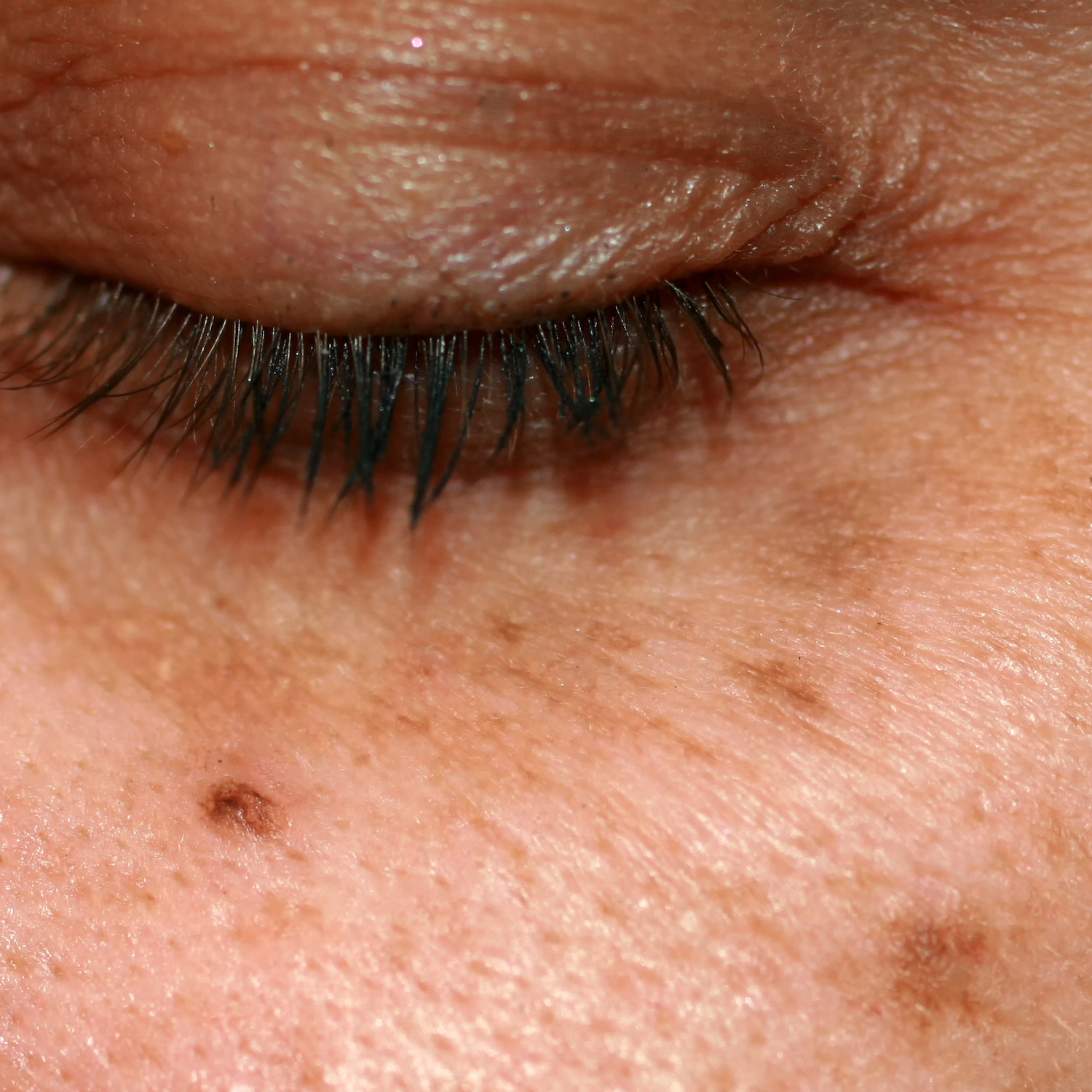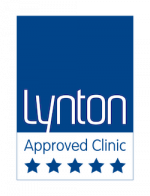Pigmentation Treatment
Intense Pulsed Light can effectively treat pigmentation

Pigmentation Treatment
Our skin gets it colour from a pigment called melanin, this is produced by melanocyte cells.
Signs of pigmentation often present themselves as brown spots, discolouration of the skin, redness, and increased visible wrinkles.
There are many reasons why pigmentation can occur on your skin, such as sun damage that can cause age or sunspots. Other reasons can include hormonal changes, and certain types of skin disease.
Skin that has been exposed to UV light can produce irregular or abnormal pigmentation to your skin.
Click Here to view our Pigmentation Treatment price list.
Frequently asked questions
Intense Pulsed Light targets the high concentration of pigmentation (melanin) found within the pigmented lesion. The absorption of light heats the pigmentation and causes destruction of the melanin rich cells by breaking the pigmentation into smaller particles.
The treatment often darkens the lesion, and it will appear more obvious to start with, over the coming weeks the pigmentation will form a micro-crust before flaking off.
On average you will need between 1-4 treatments. This can depend on whether we are treating single or multiple lesions.
You will need one treatment every 4-6 weeks.
Many areas can be treated. The most popular areas are the face, hands, chest and back.
Most people are suitable for treatment except for very dark skin tones or tanned individuals.
Large dark, mottled or raised pigmentation cannot be treated and may need to be checked by your doctor or dermatologist. Large dark moles cannot be treated, no lesions covering a large part of the body.
Superficial lesions such as sunspots and freckles respond best to Intense Pulsed Light treatments.
Most people describe the treatment as a warming or tingling of the skin, and in some cases a flick of an elastic band sensation.
Most treatments are easy and quick to perform. We will apply some soothing gel after each treatment to help minimise discomfort and redness to the treatment area.
Age spots, sun spots, liver spots & freckles
Moles, malignant lesions, melasma and post inflammatory hyperpigmentation.
Pigmentation Treatment
– Before and After




